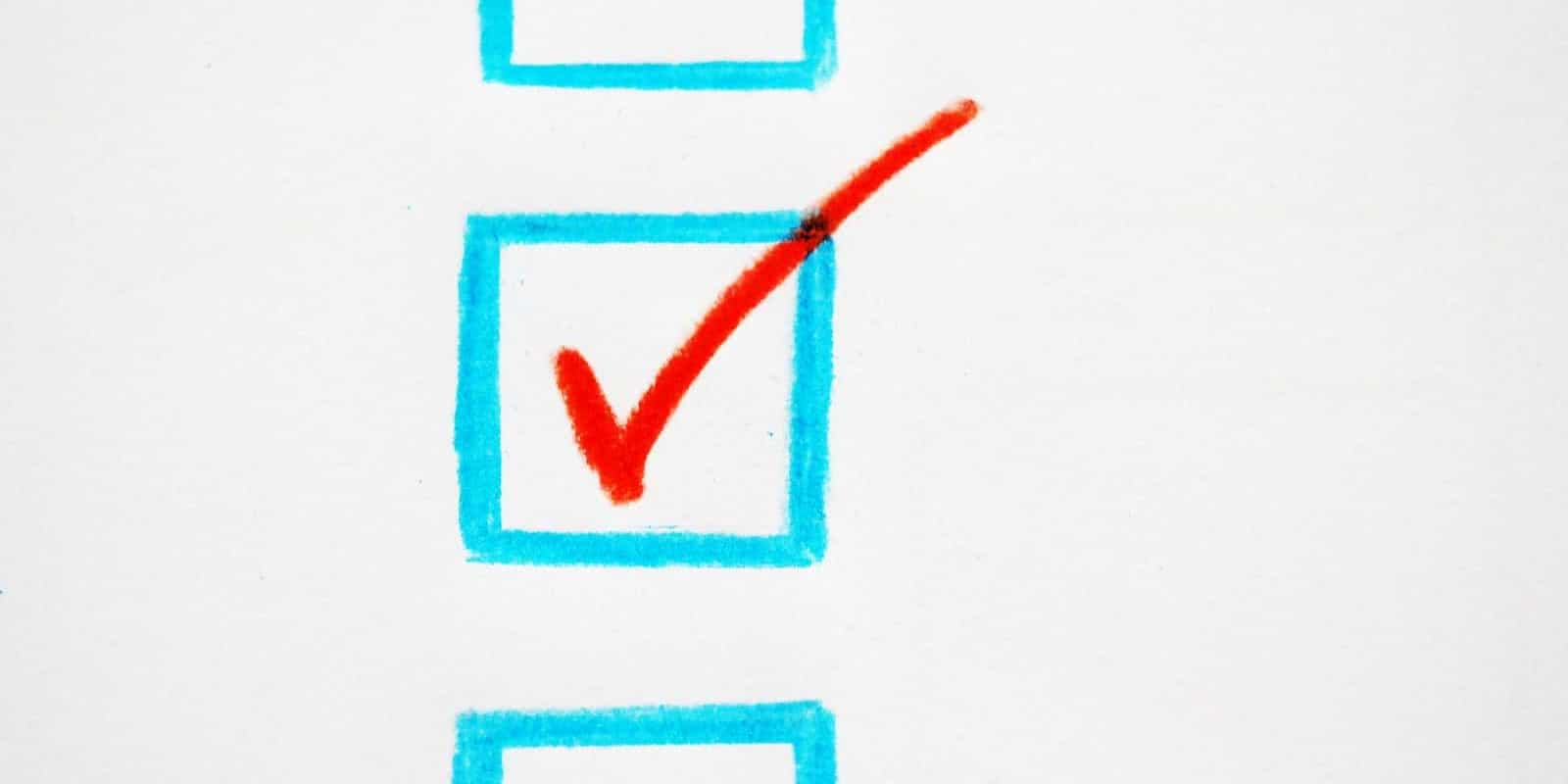How to Build a Consistent Content Creation Habit
If your goal is to be more consistent with content, your instinct may be to make a plan. But trying to plan your way to a creative habit is a mistake.

If your goal is to be more consistent with content, your instinct may be to make a plan. But — and I can’t believe I’m about to say this — trying to plan your way to a creative habit is a mistake.
Look: I love to plan. I love it so much that I’ve written about planning, preparation, and yak shaving at length. However, there is such a thing as too much planning. When it comes to building a habit for creating content, doing is so much more important that planning at all can hinder progress.
Don’t let planning get in the way of doing.
Until we’ve built a content creation habit, planning is the enemy of consistency. If we spend too much time trying to create the perfect website for blogging, or to create the perfect scenes for streaming, or brainstorming the perfect format for sharing content, we’ll burn all our energy preparing and never actually get around to doing things.
With content, the goal should be to do the minimum amount of planning required to get something shipped. For writing, the digital garden format (or, really, lack of format) is a great way to lower the barrier to publishing. For streaming, pushing the button to go live on anything we can share publicly — a hobby project, learning a new language, building something for work, whatever — switches the thinking from “I need to be ready to stream” to “I am streaming already; what would I want to change next time?”

Focus on consistency, not correctness.
When trying to build a habit, the most important thing is figuring out how to stay consistent. We should be setting up routines and incentives that help us do the thing, and worry very little (if at all) about whether or not the thing we’re doing is done “correctly”.
When we’re building a new habit, there is no such thing as “correct”; there is only “doing the thing” and “not doing the thing”. We have to be consistent about doing the thing before we can start to think about whether we’re doing it well.
Go wide, then go deep.
Until we try, it’s hard to know whether or not something is enjoyable enough to keep doing it. This is where plans gets us into trouble: we’re forced to hypothesize about how much we would enjoy something, and humans are tragically terrible at predicting that sort of thing.
This means that we can’t really plan our way to consistency; we have to experiment our way there. We have to cast a wide net, try anything and everything that sounds fun, and keep track of what we’re enjoying so we can do more of it.
To start, try everything that sounds interesting. As you learn about what you enjoy, focus on doing more of the stuff that’s fun.
Just make sure not to mix up “hard because I need practice” with “not fun” — don’t give up on something too early just because you’d have to work at it.
Try everything. Keep doing the fun stuff.
We all enjoy different media when we create things. I love to draw on my iPad, but I don’t like the setup or mess involved with painting or charcoal.
Livestreaming and conference talks give me energy and make me happy. I could keep going for hours — I’m having a blast, so why would I stop? For me, a chance to get up on stage, share information, and perform a little is a bright spot that I cherish.
My relationship with writing is more of a pendulum: some days I can write for hours without stopping, and sometimes stringing two sentences together is so hard it drains all my emotional energy and leaves me curled up on the couch whining because I don’t have any melted cheese to eat.
I only know this about myself because I experimented with creating content using all of these approaches. When I was starting out, I decided to just try things. I wrote; I spoke; I went live on Twitch. I learned what I enjoy (and what I don’t) and now I know where to focus my efforts.
It’s easier to stay consistent (and grow an audience) when you’re having fun.
People can tell whether or not we’re having fun, and it’s way more fun when it feels like the creator cares. There’s a sense of joy that shines through, and that joyfulness makes everyone — creator and consumer alike — want to come back for more.
A notable example of this for me is Anderson .Paak. I had heard a song or two and was pretty meh about it. Then I watched his Tiny Desk concert, and the pure happiness you can see in that performance turned me into a fan.
Creating content that’s fun to create makes it feel like play instead of work. That makes a huge difference in our ability to stay consistent.